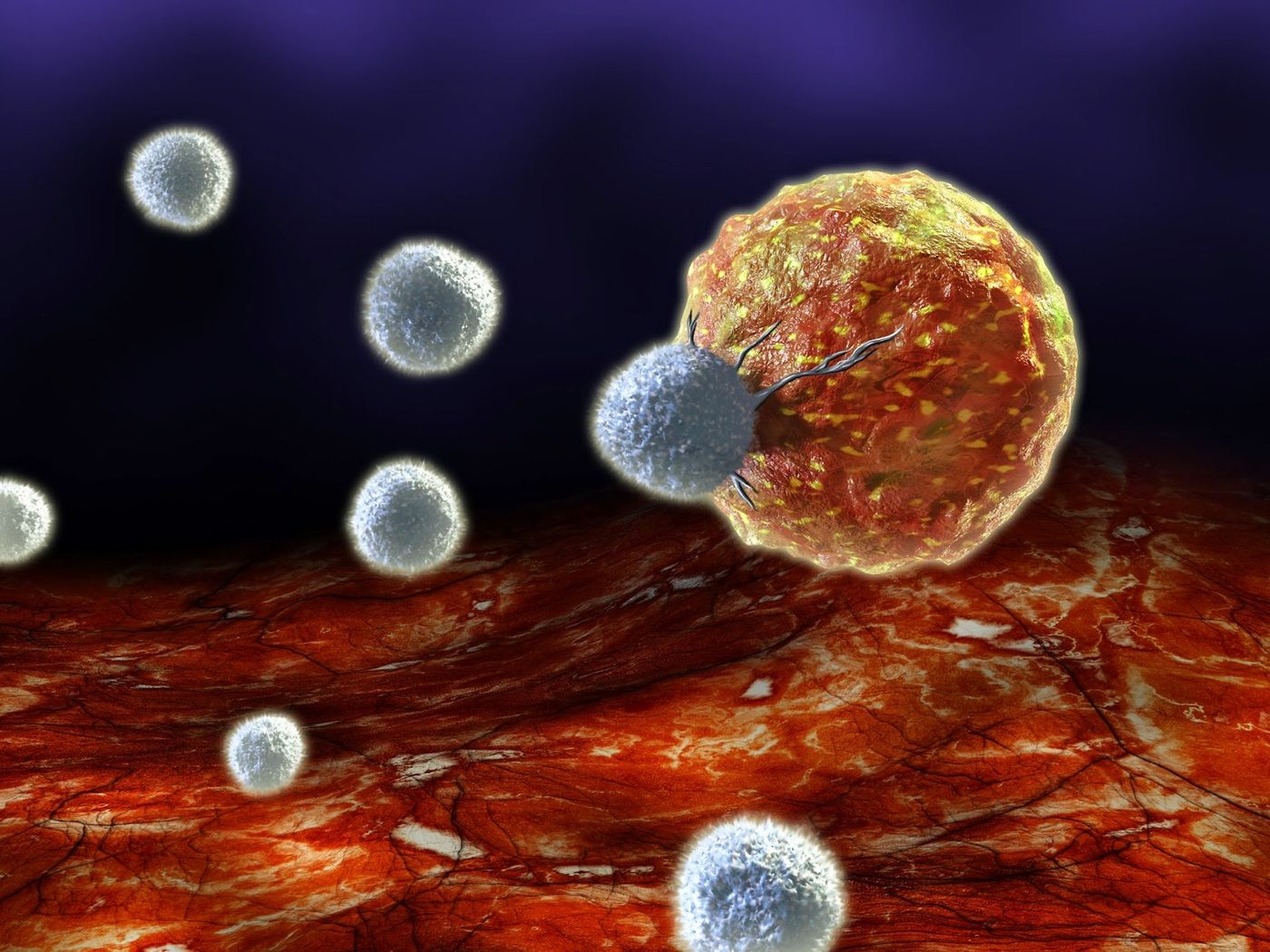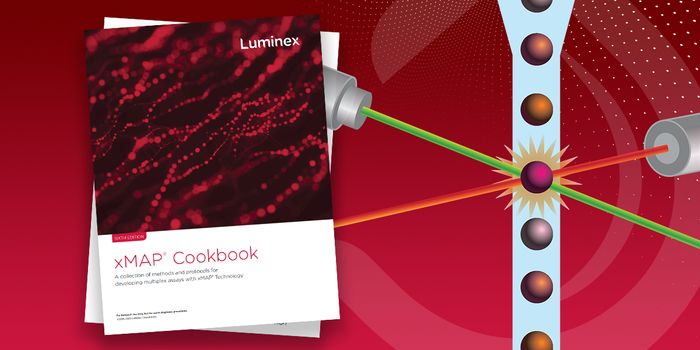Cancer cells are mutated cells that grow abnormally. Cytotoxic T cells of the immune system are designed and developed to recognize the abnormal parts and target these cells for destruction. Cancer cells are capable of evolving mechanisms for “hiding” from the immune system, though, and current immunotherapies used in conjunction with chemotherapy are designed to help boost the efficiency and success of the immune system to “seek” out cancer cells.
More than 12 million people per year are diagnosed with cancer, and a new study from the Texas A&M Health Science Center provides doctors a leg-up on cancer cells during this game of hide-and-seek by discovering a specific mechanism cancer cells incorporate to stay hidden.
Cancer cells that are equipped to remain hidden from the immune system often block the activity of a gene called NLRC5. This gene is responsible for regulating major histocompatibility complex (MHC) class I genes that cytotoxic T cells rely on for recognizing cancer cells. Prompted by NLRC5 regulation, MHC class I genes create molecules that sit on the surface of cancer-ridden cells waving a microscopic red flag to get the attention of circulating T cells.
Without NLRC5, T cells passing by a population of cancer cells would be completely unaware of that they were dangerous, abnormally growing cells. Disrupting the natural “anti-tumor” system is extremely dangerous, as tumors can then grow and metastasize uninhibited, and a person with this growing tumor might not be aware of their cancer until a very late stage.
In a study of 7747 biopsy samples from cancer patients enrolled in The Cancer Genome Atlas (TCGA) database, Texas A&M researchers pinpointed the precise relationship between NLRC5 expression and cancer patient survival. The longest survivors had the highest expression of NLRC5, and vice-versa.
"We found that function and expression of NLRC5 is reduced in cancer cells by various mechanisms, and the result is immune evasion by cancer cells,” said first author Sayuri Yoshihama, MD, PhD.
NLRC5 was especially indicative of cancer patient outcomes in cases of melanoma, rectal cancer, bladder cancer, cervical cancer, and head/neck cancer. Melanoma in particular showed a 36 percent 5-year survival rate in low NLRC5 expression groups and 71 percent survival in high expression groups. Similarly, bladder cancer patients’ survival was closely related to NLRC5 levels, showing 34 percent survival with low expression of the gene and 62 percent with high expression.
The correlation between NLRC5 and cancer patient outcomes is promising to scientists and doctors who are pursuing more accurate prognoses and, eventually, better treatment options.
"No other mechanism [of cancer evading the immune system] is as dramatic as we found,” said Koichi Kobayashi, MD, PhD, lead author of the study.
This study was recently published in
Proceedings of the National Academy of Sciences.
Source:
Texas A&M University









